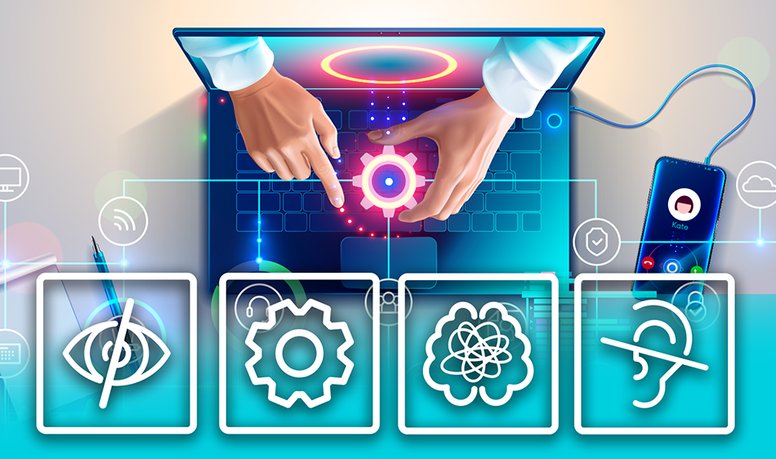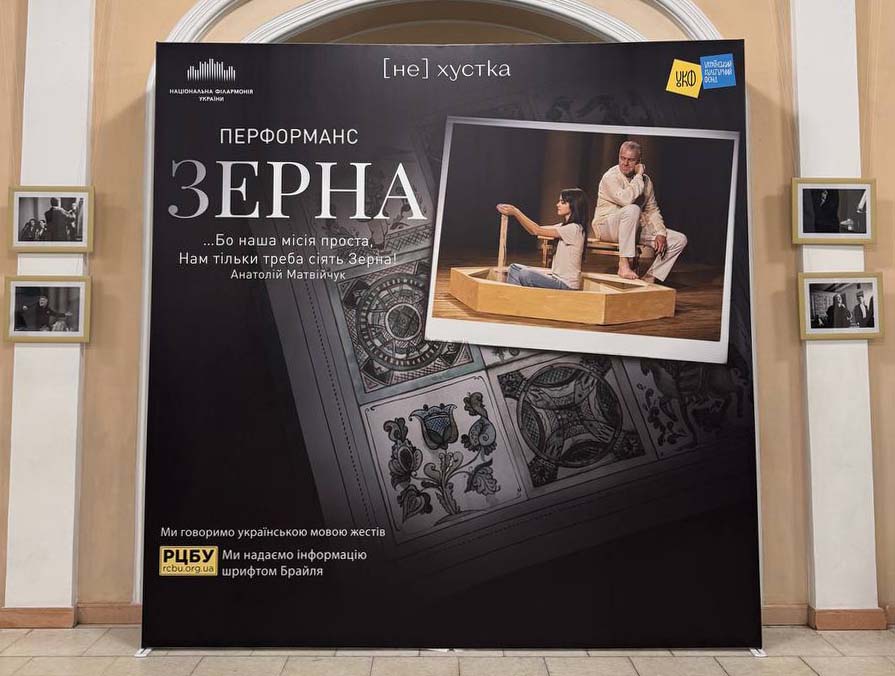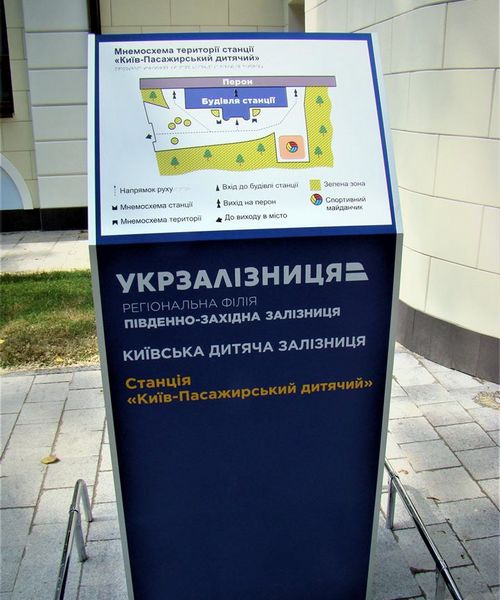
Art without barriers: digital accessibility for all
Art is a language that unites, inspires and forms a person's connection with cultural heritage. It evokes emotions, provokes reflection, and enriches the inner world. However, for millions of people with visual impairments, including the blind, this world of art often remains inaccessible.
Most museum exhibitions and online collections are built around visual content - images, videos, graphics. As a result, blind people are deprived of the opportunity to fully interact with cultural heritage. This situation contradicts the principles of equal access enshrined in both international standards and Ukrainian legislation.
Ensuring inclusivity in the arts means creating conditions under which everyone can perceive, understand and emotionally experience works of art. This is not only a matter of equal rights, but also a manifestation of deep humanity, respect for the visitor and a modern approach to museums.
That is why more and more public institutions and private companies are implementing the principles of digital accessibility, especially for the visually impaired.
Recently, we were approached by the Ivan Honchar Museum with an initiative to make its website more accessible to blind and visually impaired users. Our specialist Dmytro Popov has been working on improving digital accessibility.
As part of the digital accessibility project, a number of improvements were made to the Honchar Museum's website:
- alternative descriptions were added to images and exhibits;
- audio tracks with descriptive accompaniment to videos were created;
- compatibility with screen readers and the ability to navigate without a mouse;
- alternative colour schemes for users with colour perception disorders were offered.
Screen readers are specialised software that converts text on a computer, smartphone or tablet screen into synthesised speech or displays it in Braille (if a Braille display is available). Such tools are critically important for people with full or partial vision loss, as they provide an opportunity to navigate the digital space.
This experience demonstrates that digital inclusion is not a luxury, but a necessity that opens up culture to everyone.
*photo taken from the website of the I. Honchar Museum



